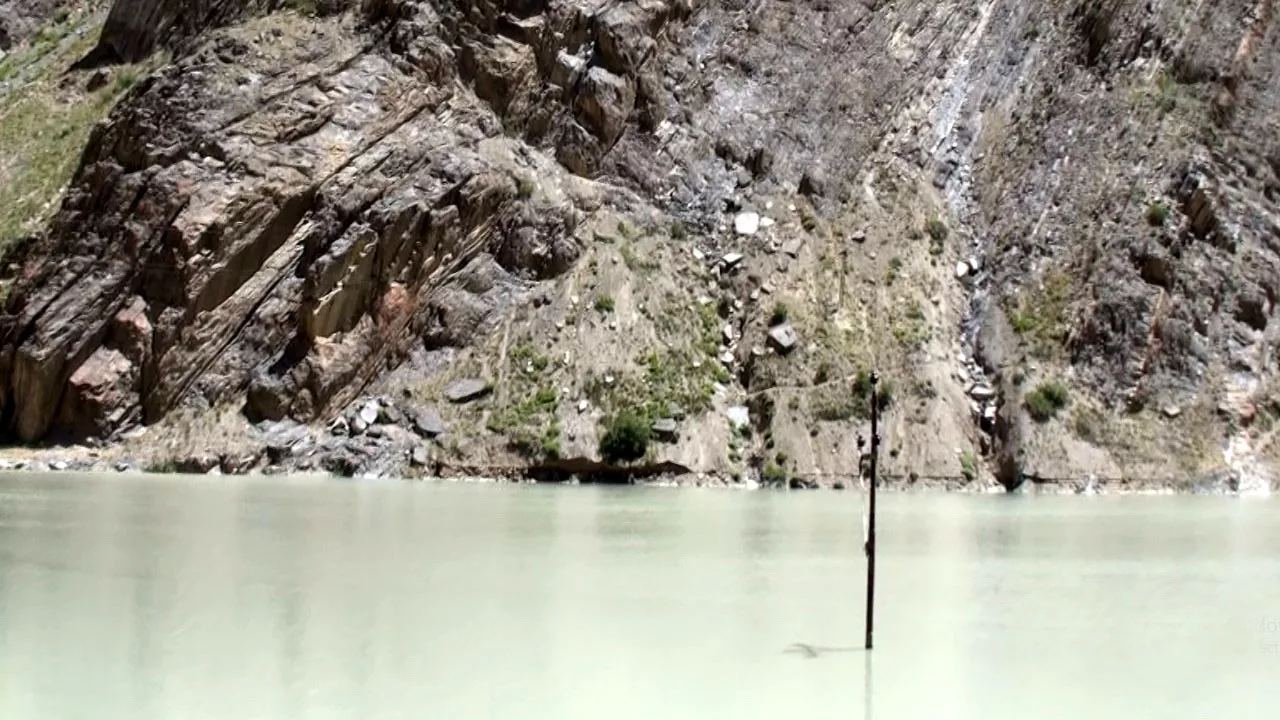A Guide to Adventure Travel & Climate Change
Knowledge Base
Introduction:
Understanding the Adventure Travel Industry and Climate Change: The adventure industry is a global, multi-billion dollar industry that has been steadily growing in the past few decades. The rapid growth of this industry, however, does not mean that it is immune to the effects of climate change. Climate change poses a significant threat to the industry’s long-term viability.
Climate Change and the Adventure Tourism Industry in General
Human activity is the primary source of climate change. The mass tourism sector adds to the development of carbon emissions as it continues to expand.
Climate change presents both challenges and opportunities for adventure tourism businesses. Negative aspects include an increase in natural disasters like hurricanes and floods which can cause damage to infrastructure and disrupt operations. However, there are also opportunities for businesses to innovate and capitalize on new market opportunities as well as new tourism destinations that open up due to environmental changes like rising sea levels or increased precipitation in desert regions.

What Makes an Ecologically Sustainable Adventure Travel Experience?
The adventure travel industry has been an early adopter of climate action strategies. The industry is highly vulnerable and one of the first to be impacted by climate change and its consequences. Adventure travel businesses have taken a proactive approach to mitigate their impact on the environment, with some going so far as to cut down on air travel and promote sustainable tourism practices like cycling and hiking instead.
According to research, tourism’s worldwide carbon footprint has grown, accounting for around 8% of global greenhouse gas emissions.
Some adventure tour operators have even made their tours carbon-neutral or carbon-negative, which means that they are offsetting or removing more emissions than they produce.
Climate Change and the Adventure Tour Operator’s Perspective
Climate change is a global phenomenon that has an impact on all of us.

Climate change impacts the adventure industry in many ways. For example, melting ice and snow cover can lead to more avalanches, and warmer temperatures can mean that rivers are higher and more likely to flood. These changes in the environment affect how we plan adventures, where we go for adventures, and what we do when we get there.
The adventure travel industry is one of the few industries that has been vocal about climate change. Adventure companies have also taken steps to reduce their carbon footprint by installing renewable energy systems, switching to sustainable materials for products and packaging, reducing their waste footprint by using reusable containers for food service items, etc.
The adventure industry is also a major contributor to climate change. The industry’s contribution to global greenhouse gas emissions is comparable to that of aviation, shipping, and agriculture.
Conclusion:
Earth is overheating as a result of the over-exploitation of natural resources, which is irreversibly destroying the world’s biodiversity and ecosystems, potentially leading to our extinction.
The first step in reducing the environmental impact of the adventure sector is to raise public awareness and educate people about climate change, complex weather patterns (such as El Nino and La Nina), and its implications on our world.

People may be taught about climate change in a variety of ways but there is no one-size-fits-all approach. The best method to address this issue is to figure out what works best for each person and incorporate their ideas into the educational process.
Yes, there’s an urgent need to restore & revive damaged ecosystems that sustain all life on Earth. Healthy ecosystems equal a healthy world and its inhabitants.
“Let’s give our kids the gift of empowerment and regeneration. Show them the world doesn’t have to be this way. Let’s upscale + accelerate climate restoration+ ecosystem restoration, our urgent loving gift to our kids+planet.“ – Prof Phoebe Barnard